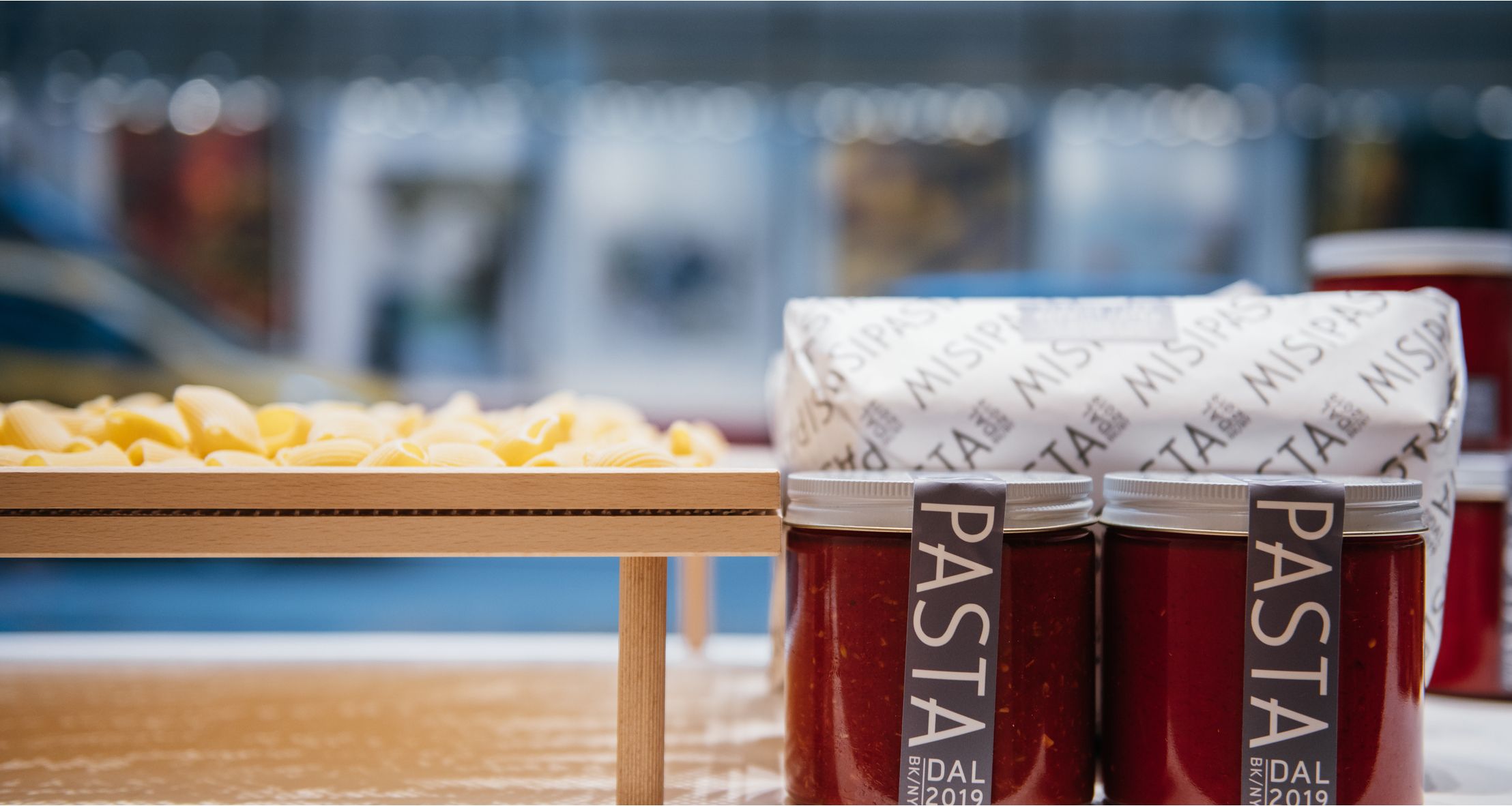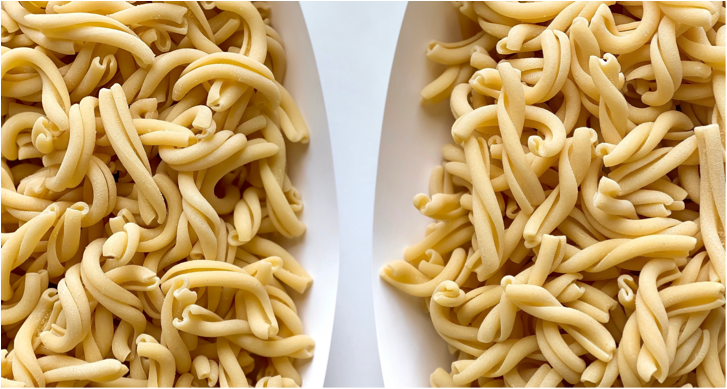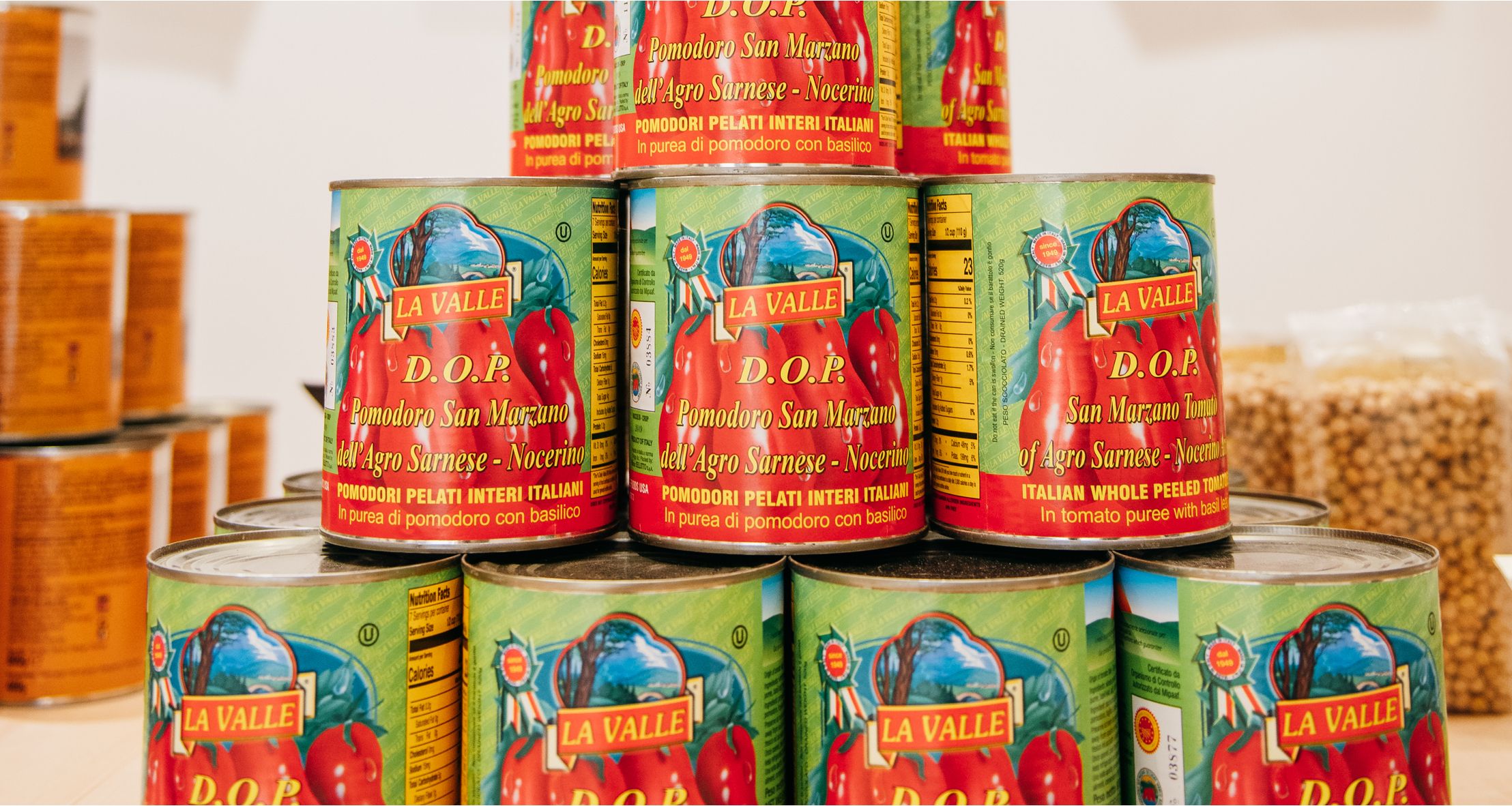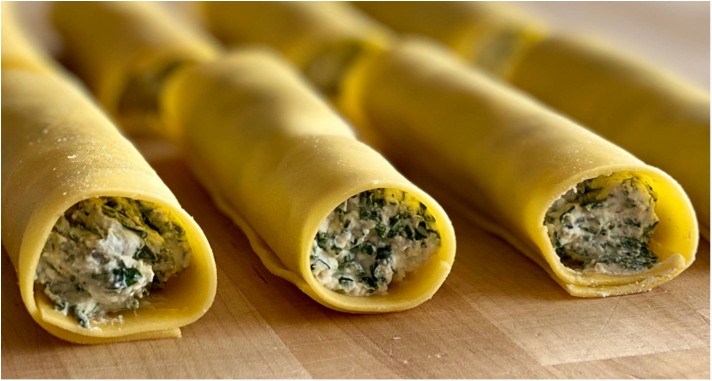
Think About the Pasta-bilities: Expert Tips for Making the Perfect Pasta Dish

How to Watch the Rockefeller Center Christmas Tree Lighting
New Year, New Connections
Why We Skate
During these past 10 months of quarantine, there have been cooking apps and brownie binges, contactless deliveries and desperate midnight attempts to get a FreshDirect grocery delivery time slot. Yet through it all, there was a constant for many: pasta, pasta, pasta—whether it was that ultimate comfort food, boxed mac smothered in bright orange powder, or painstakingly handmade, semolina-based noodles (just joking, it was never handmade semolina-based noodles, who are we kidding?). But there’s of course a middle ground between boxed mac-and-cheese and handmade noodles at home.
Chef Missy Robbins of Brooklyn eateries Lilia and Misi, as well as MP at 30 Rockefeller Plaza, knows a thing or two about creating the perfect pasta dish, right down to the finer details of how to drain: “Don’t drain your pasta into the sink,” says Robbins, suggesting that you use tongs, or tip the pasta from the colander into the sauce. You don’t want to lose any of that flavorful, salty water you’ve been cooking the pasta in.

How to Create the Perfect Pasta Dish
1. Start with a Little of the Good Stuff
To start, don’t worry that you’ll need an army of ingredients. “I always think that sticking with your gut and keeping things simple makes any dish easy,” Robbins says. “Buy great ingredients and do not try to put too many of them in one dish.”
2. Aim for Al Dente
Whether you’re using fresh pasta or dried (MP at 30 Rockefeller Plaza sells fresh, house-made noodles), remember to refer to the cooking instructions—to a point. Robbins explains that timing depends on variables like the brand and the shape; in addition, fresh pasta can take as little as 30 seconds to cook, while dried pasta can require as much as ten minutes. Regardless, Robbins points out, when using the latter, “always go two to three minutes less than what it says on the box, because you will still cook it in the sauce.”
3. Salt, Don’t Oil, the Pasta Water
As long as we’re talking about boiling the pasta, Robbins puts to rest, once and for all, two questions that invariably arise for anyone looking to perfect their pasta. “Always salt the water,” she says, adding poetically that “it should taste almost like the sea.”
Olive oil, you may have guessed, is a key ingredient—but not while you’re cooking the pasta. It should be strictly for post-boiling, when you’re thinking sauce and toppings. “Never use oil in your pasta water,” Robbins says. “It makes it so the sauce won’t stick to your pasta.” And speaking of the water, don’t forget to save some cooking water; Robbins recommends using it in the sauce for texture and flavor.
4. Spice (or Zest) Up the Sauce
Tomatoes are a natural for any shape of pasta, and Robbins particularly likes San Marzano tomatoes. “They're grown in the rich volcanic soil, which gives them a sweet flavor with a low acidity,” she says. (Volcanic soil, sweet flavor—who knew?) For thicker sauces, choose shapes such as penne and ziti, as per Bon Appetit, and for lighter sauces based on olive oil and tomatoes, go for longer pastas.
And while fresh garlic seems like an obvious addition to many dishes, Robbins has a little secret: garlic powder will do in a pinch, too. Similarly, she loves both chili flakes for pasta (dried spices have their place, people!) as well as chilies packed in oil: “You can use both the chili and the oil in your dish.” Other key ingredients for a variety of simple sauces include lemons (both the zest and the juice “helps [to] brighten a bunch of my dishes,” she says) and capers (for maximum flavor, Robbins warns to avoid brined capers, and stick to the kind packed in salt or oil).
5. And for the Finishing Touch...
And finally, for the main event (well, before actually eating the pasta, that is): the union of sauce and pasta. If you didn’t put olive oil in the cooking water, then there should be no objections raised at the prospect of this marriage. When you’re choosing an accompanying cheese for your pasta—if you’re anything like me—the word “parmigiano” is a nebulous blanket term for any cheese that you can sprinkle. Robbins is more specific, naming Parmigiano Reggiano as “a great one for finishing dishes” and Pecorino Romano as “another essential cheese … saltier than parmigiano.” Choosing a cheese for your dish is all about your personal preference—the goal being to add just one more layer of flavor, sprinkled to taste—once you know the difference between the options like parmesan, romano, and asiago, which vary in nuttiness, texture, moistness, and so on. (Real Simple offers a handy guide.) Of course, there are also soft cheeses like ricotta you can stir into the pasta for an entirely different, melty-delicious effect.
Director Federico Fellini once said, “Life is a combination of magic and pasta.” It can also be said that pasta—a beloved constant that’s also, somehow, a foundation for seemingly endless culinary possibilities—is pure magic. Just don’t forget to salt the water. And buon appetito!
The Center Newsletter
Receive important seasonal news and updates, learn about store openings, and get special offers.







